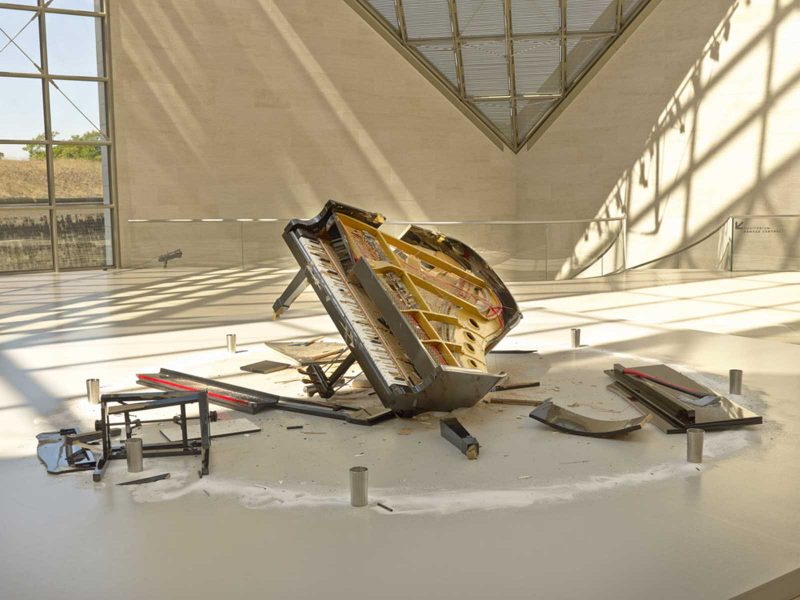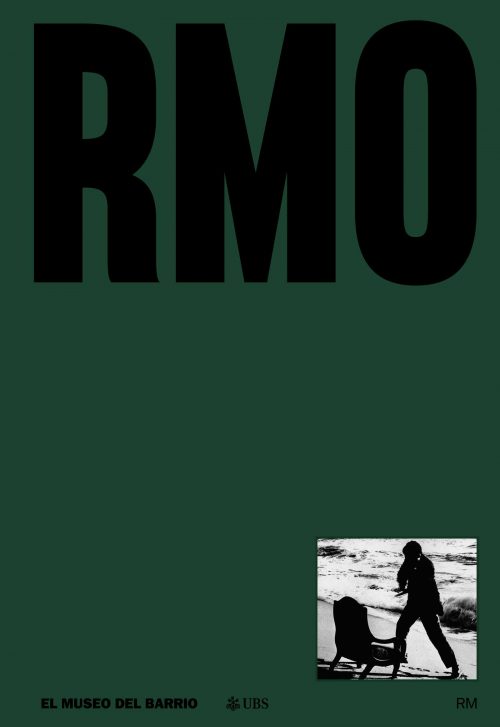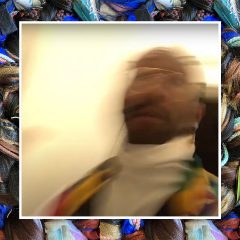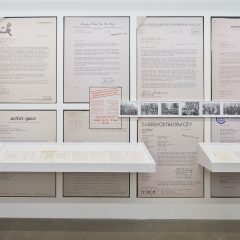Javier Rivero Ramos, ed., “Raphael Montañez Ortiz,” (El Museo del Barrio, New York: 2020)
In accounts of art of the 1960s, mentions of Raphael Montañez Ortiz (b.1934) have exclusively focused on his piano destruction performances and his participation as the most prominent American artist involved in Gustav Metzger‘s 1966 “The Destruction in Art Symposium” in London. The memorable image of a man taking an axe to a piano was picked up by the popular press as well as by art journals; the artist appeared on the Johnny Carson’s Tonight Show, and his piano destruction was even the subject of a 1968 cartoon in “The New Yorker.” Montañez Ortiz is also known as the founder of El Museo del Barrio in New York, the first organization on the mainland to focus on the work of Puerto Rican artists, and has taught for decades at Mason Gross School of the Arts, Rutgers University. But the range of his career deserves more, and this important and substantial volume will certainly contribute to broadening his reputation.
The shadow of the atom bomb hovered over the 1960s; the war in Vietnam was an ongoing source of news and controversy as was the nascent Black Power movement. It was also a time when writing by a range of scholars in psychology, sociology, media studies and political science, some of it intended for a general public, was common currency among artists. Montañez Ortiz based his work on extensive research in anthropology, psychology and sociology, and has acknowledged the writings of Marshall McLuhan and Norman O. Brown, in particular. He was also a writer, and one contribution of this book is the publication of a number of his writings. Montañez Ortiz was interested in the broadest and most troubling questions of the time, about how to live one’s life in the midst of ongoing violence and abuses of power. His career has explored the possibilities of art to respond to the times. In response to criticism he commented “If the cruel and the fiendish don’t belong in art, I don’t know where they belong.”
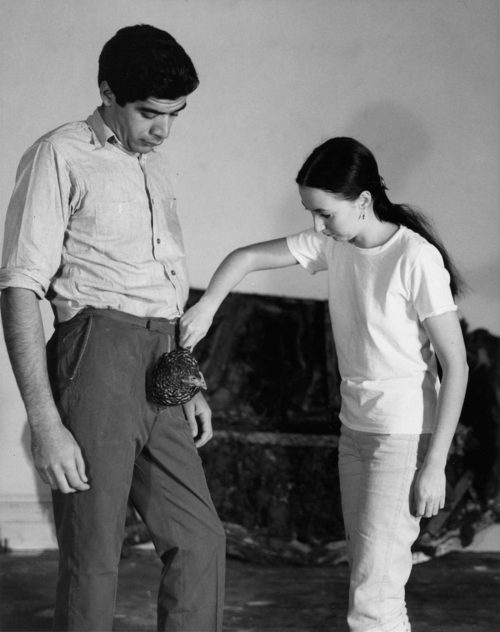
Museums, art historians and the art market prefer artists whose work fits neatly into a particular niche, preferably in the company of others. While Montañez Ortiz worked in parallel with other artists throughout his career, he cannot be tied to a single movement or medium. This monograph explores his sculptural and installation works, performances, films based on found footage, recent assemblages and collages, and writings which include manifestos, records of events, and his clearly thought-out proposal for a museum devoted to Puerto Rican art. The book includes conversations between the artist and Pedro Reyes, articles by Kevin Hatch and Chon A. Noriega, a chronology and extensive illustrations of performances, artworks and manuscripts. Spanish translations of the articles are included.
“Raphael Montañez Ortiz,” Edited with text by Javier Rivero Ramos. Text by Patrick Charpenel, Kevin Hatch, Chon A. Noriega, Ana Perry. Interview by Pedro Reyes. (El Museo del Barrio, New York: 2020). Available to purchase through the distributor, Artbook | D.A.P., and at Barnes & Noble
